
The mark of Binh Dinh people on the plateau
In the autumn afternoon, the bell of An Thanh pagoda rings out in the Zen garden, which is resplendent after days of rain. The small pagoda in the middle of the vegetable garden and rice fields in village 2 (new An Phu ward) is a peaceful place of meditation, associated with many generations of people in the mountain town.
But few people know that this is the first female pagoda to be built on the Pleiku plateau, associated with the Binh Dinh immigrants who came to reclaim land and establish villages in the 1920s.
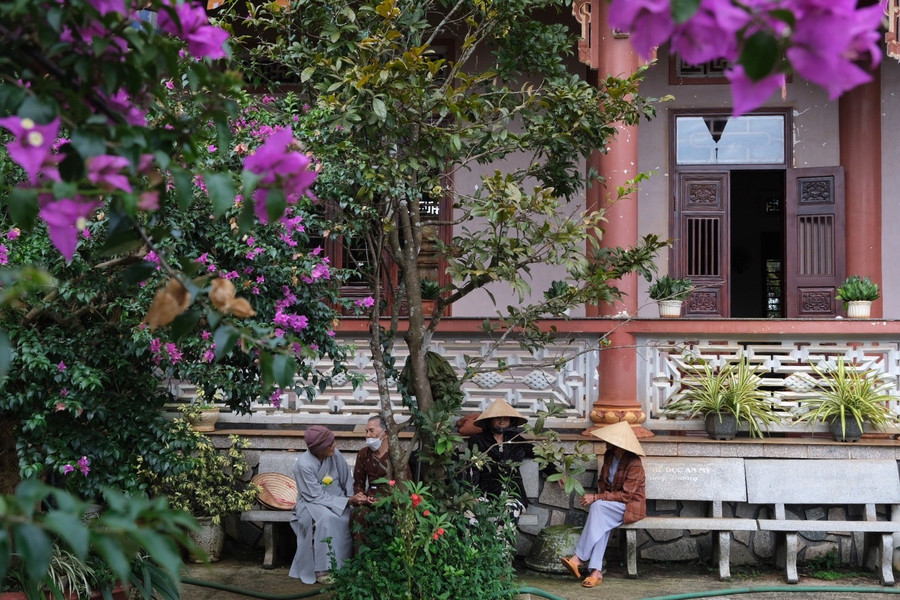
Nun Thich Nu Hanh Thien - Abbess of An Thanh Pagoda - recounted: At first, this place was just a simple house of Mr. and Mrs. Nguyen Mai Luat - Tran Thi Hanh (from Phu My, old Binh Dinh). Having no children, but revering Buddhism, they turned their home into a place of practice, a place of activities for the Kinh people who left the plains to come to the red basalt land.
After his grandparents passed away, the Buddhists invited Venerable Tam Hoa - Abbot of Tam An Pagoda (Quy Nhon) to An Phu to continue spreading Buddhism, grow vegetables, grow rice, expand the pagoda land, gradually forming a village pagoda in the middle of a fertile land.

Up to now, Venerable Hanh Thien is nearly 90 years old, the person who has been attached to the first female pagoda in the Pleiku plateau for the longest time. Confiding in the ancient yellow apricot trees that she planted to ease her longing for Venerable Tam Hoa, Venerable Hanh Thien softly said: "Every spring, the apricot blossoms seem to bring back the image of my old teacher. I also see the image of my hometown Binh Dinh in the yellow apricot color."
An Thanh Pagoda is not only the earliest Buddhist relic in the highland urban area, but also the first piece in the history of the exploration of Vietnamese villages in Gia Lai . According to Dr. Luu Hong Son - Pleiku Museum Officer: "This is a place where information, memories, and culture of one of the first Vietnamese villages in Pleiku converge, clearly showing the spiritual life, beliefs, and culture of the Kinh people when they first set foot on the new land".

Not far from An Thanh Pagoda is An My communal house - another vestige of the ancestors who opened up this land. The communal house was built in 1920 and twice received royal decrees from the Nguyen Dynasty. Every year, on the occasion of the Spring and Autumn ceremonies, people gather here to commemorate the merits of the founders.
Connecting the past to the present
Over the past 100 years, from the pioneering generation, Binh Dinh people have created a sustainable community, shaping a unique cultural mark in the fertile land right at the gateway to Pleiku city. Among the pioneering generation, it is impossible not to mention Mr. Doan Tien Quyet - father of businessman Doan Nguyen Duc (Bau Duc).
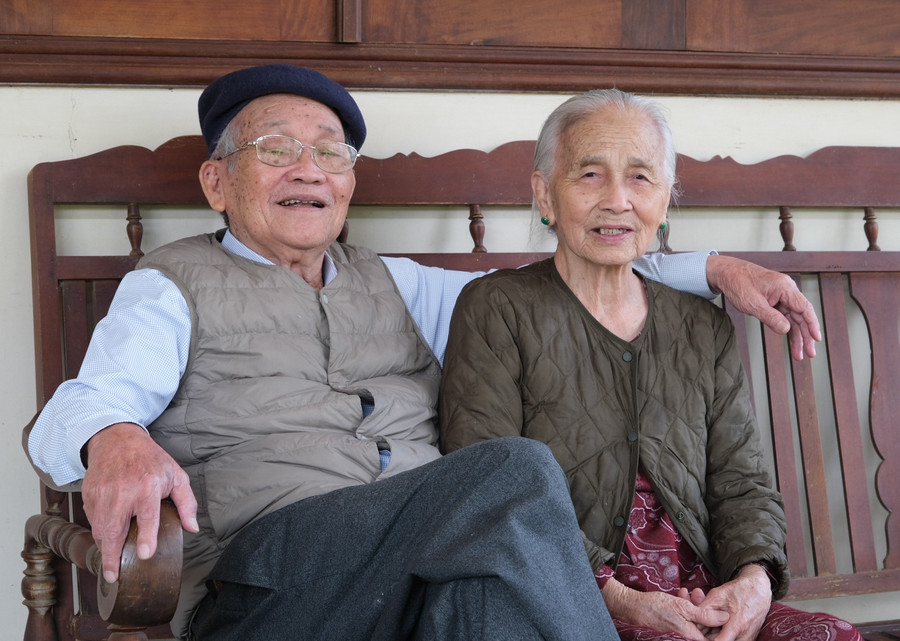
Mr. Quyet has a smile and a hearty way of speaking with a typical “Xu Nau” accent. In 1965, he brought his wife and 3 children from Nhon My (An Nhon, old Binh Dinh) to An Phu with “three no’s”: no house, no money, no papers.
As the son of the heroic Vietnamese mother Nguyen Thi Nhi, and a revolutionary, he had to live quietly at the gateway to the town that was occupied by American soldiers. He said: In a new land but living among the community of people from Binh Dinh, every day he heard stories with the sound of his homeland, so he always felt close to them.
The people of An Phu still affectionately call him “Uncle Sau Quyet”. His name is associated with the changes of An Phu, from healthcare, education to cultural institutions. In particular, he laid the foundation for the tradition of studiousness in this land.
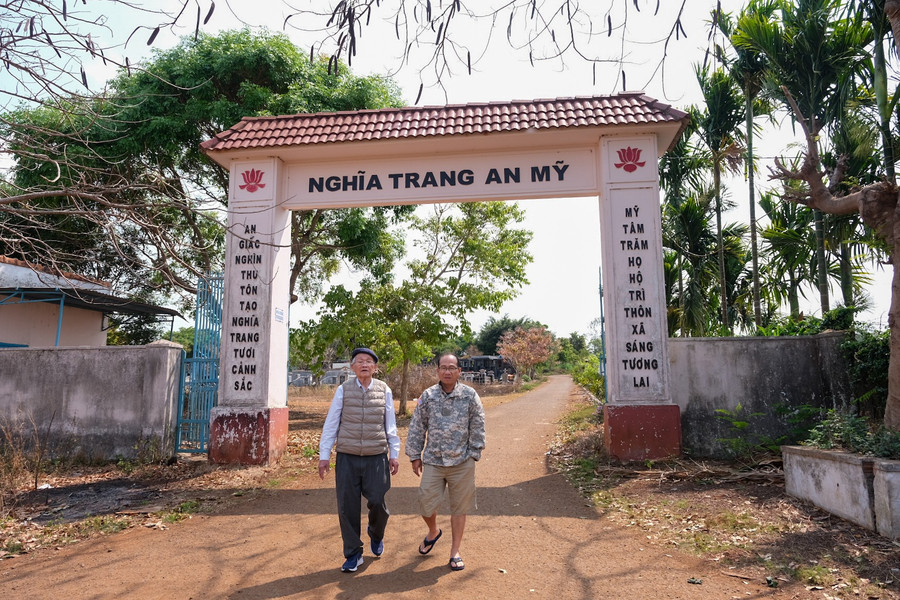
He was the first Head of the Medical Station of An Phu commune after liberation for 20 years. When An My communal house was destroyed during the war, Mr. Quyet mobilized his descendants and neighbors to donate to build the main hall and restore the old communal house. In front of the communal house gate, he placed a pair of parallel sentences: "Renovating the old communal house is a thousand-year gratitude to the person who opened the land/Renovating the old gate is a thousand-year gratitude to the person who built the foundation".
Not stopping there, he also mobilized over 2 billion VND to re-plan An My cemetery, plant flowers, build gates, and erect fences. His heart is engraved in another pair of parallel sentences: "Rest in peace for a thousand years, embellish the cemetery with beautiful scenery/The hearts of hundreds of families protect the village and commune for a bright future."
Normally, people tend to return to their roots, where their ancestors lie. But Mr. Sau Quyet did the opposite, moving all the graves of his ancestors and his parents from Binh Dinh to An My cemetery.
Leading us through the rows of tombstones under two rows of trees, he mused: “Now, I am completely at peace lying on this land. People say that foreign lands have become homelands, but An Phu has become the flesh and blood of many generations of people from the land for hundreds of years.”
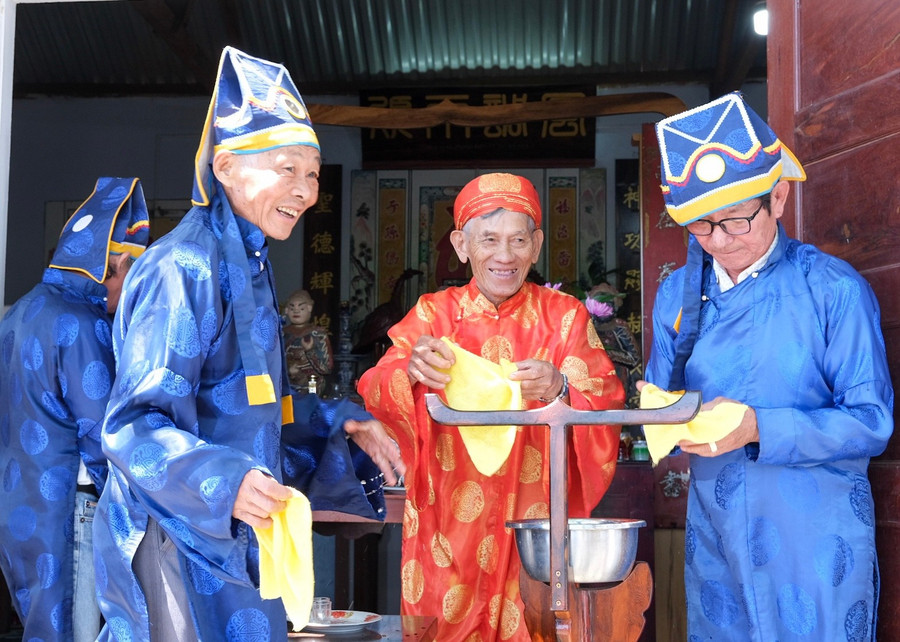
Mr. Quyet also established the Doan Dao Scholarship Fund (named after his father) to promptly reward studious children and grandchildren. Many members of his family and clan have become masters and doctors abroad. This spirit has spread throughout the region.
The elders here say that the people from Binh Dinh who came here were mostly poor and only cared about working. However, An Phu today is a bright spot for education promotion in the whole province, with Mr. Quyet's great contribution.
Mr. Doan The Nghe (village 2, An Phu ward) shared: “From the village temple, cemetery to education, everywhere you can see Mr. Sau Quyet's mark. People saw him going from house to house to campaign for the scholarship fund, so they raised awareness about this work. A person like him does not need to do such hard work. But that's his personality, he has always lived a life of love and generosity since his poverty, not because he has a billionaire son that he is generous like people say".
An Phu, once a rice-growing land, is now the largest vegetable and flower granary in the western part of the province. After merging with Chu A commune and Thang Loi ward, An Phu ward has expanded its space and taken on a new shape. But deep in the red soil here, the memories of the "village founders" from the sea are still intact, as a fundamental part of the culture of the land.
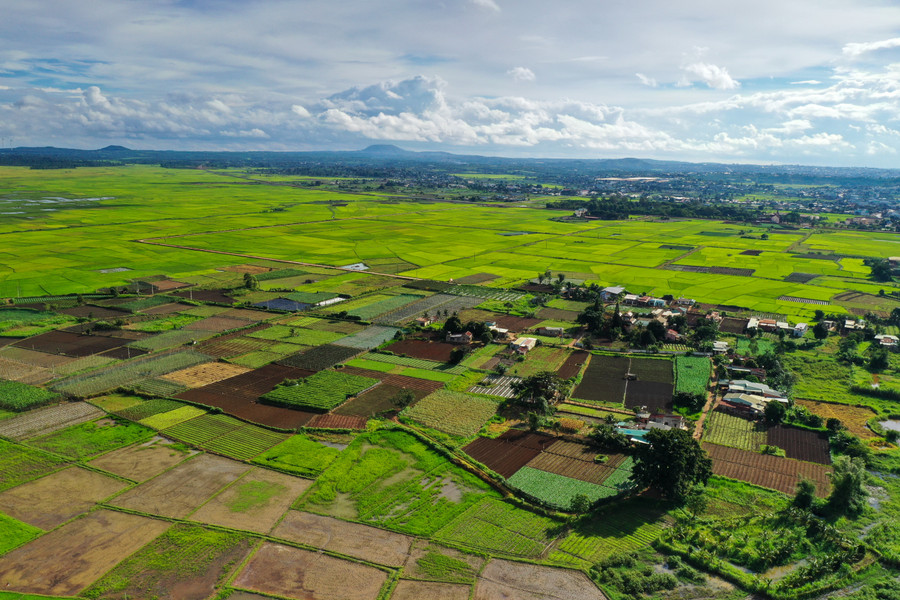
From the industrious hands of the “saltwater” people more than a century ago, the wasteland has become a village, a city. In the new rhythm of life of the unified land, An Phu is like a living memory museum, where each communal house roof, pagoda yard, and row of trees tells the story of the marriage between the forest and the sea, about the pioneering spirit that has permeated the highland soil. And also from that underground vein, Gia Lai is steadfast in its journey forward on the foundation of a culture that is closely linked from the past.
Source: https://baogialai.com.vn/tu-mien-bien-binh-dinh-len-cao-nguyen-an-phu-lap-lang-post562818.html




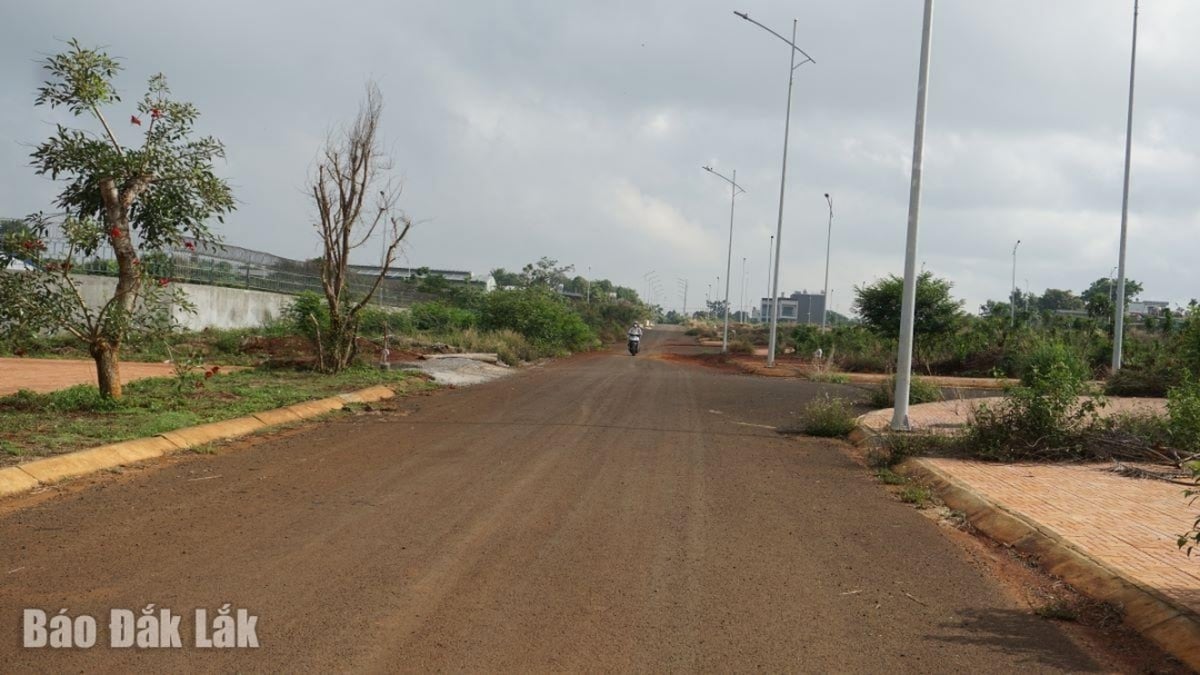


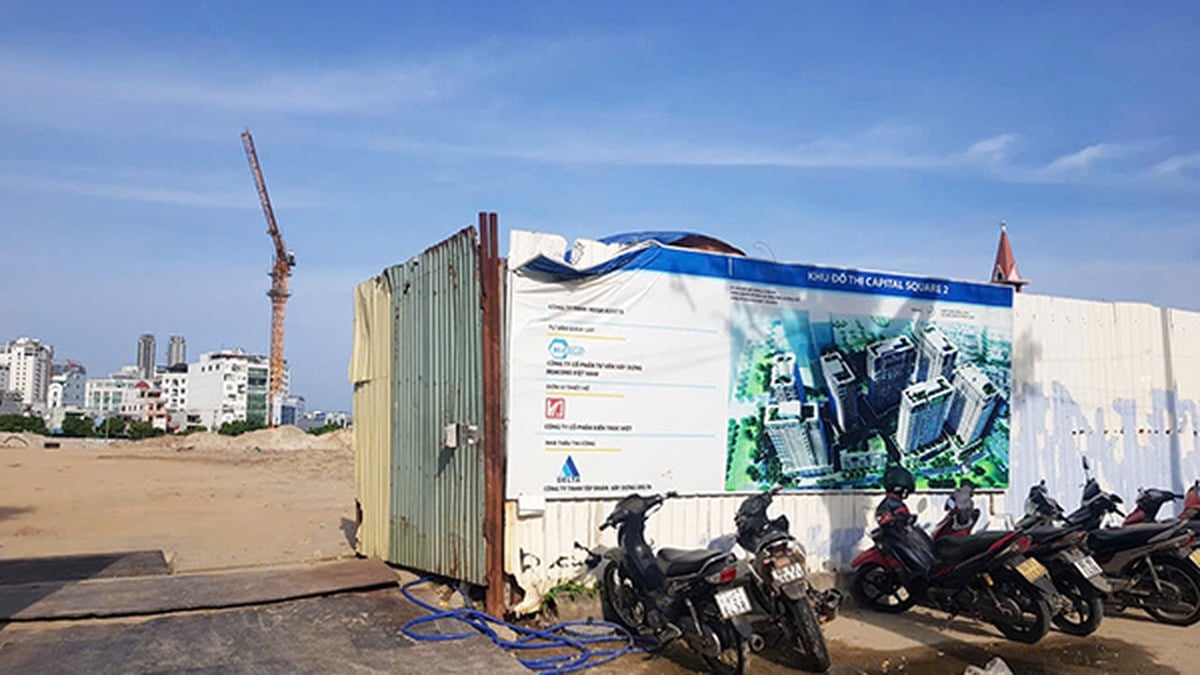

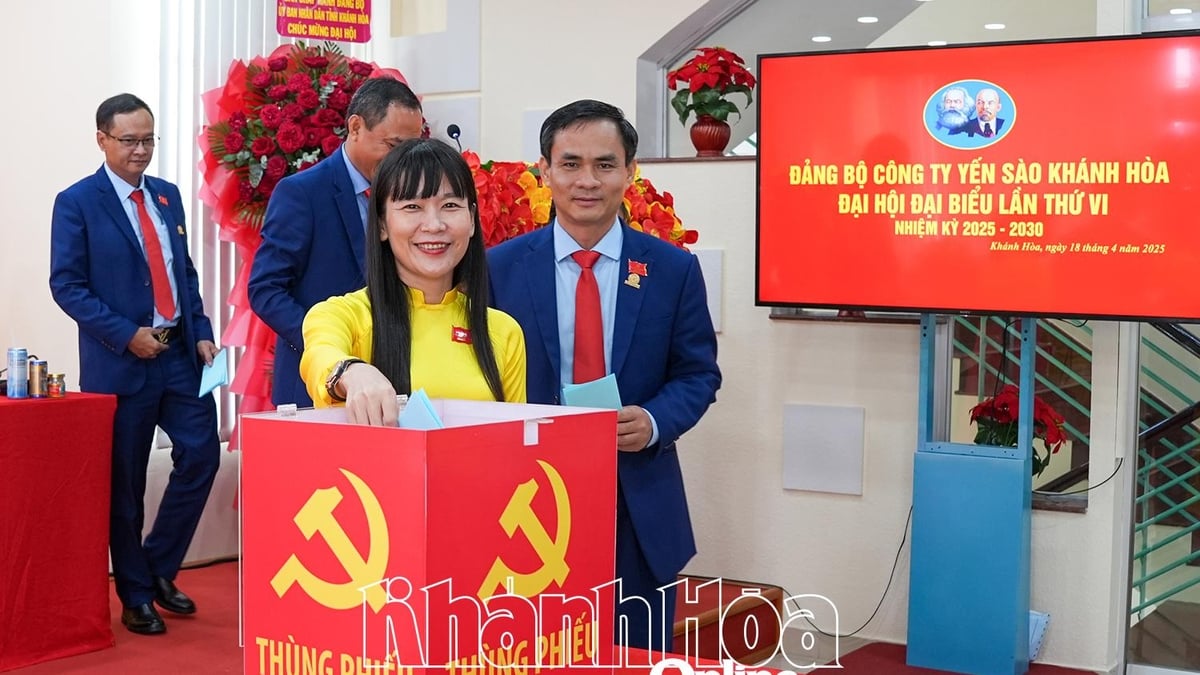
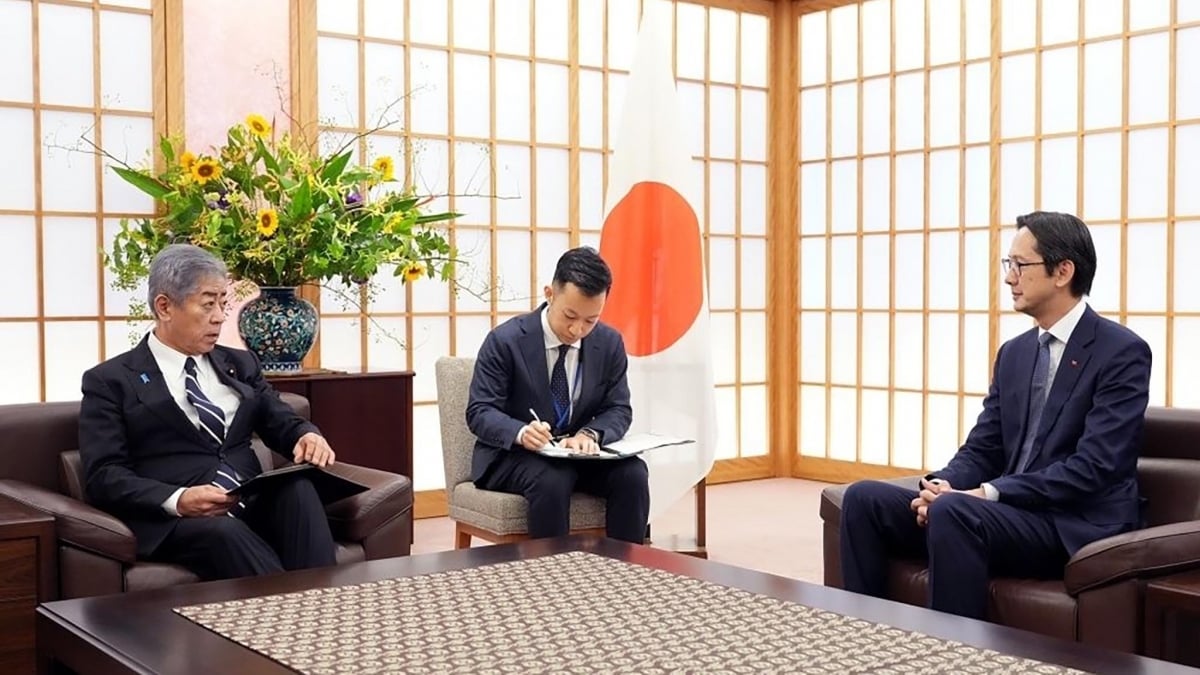
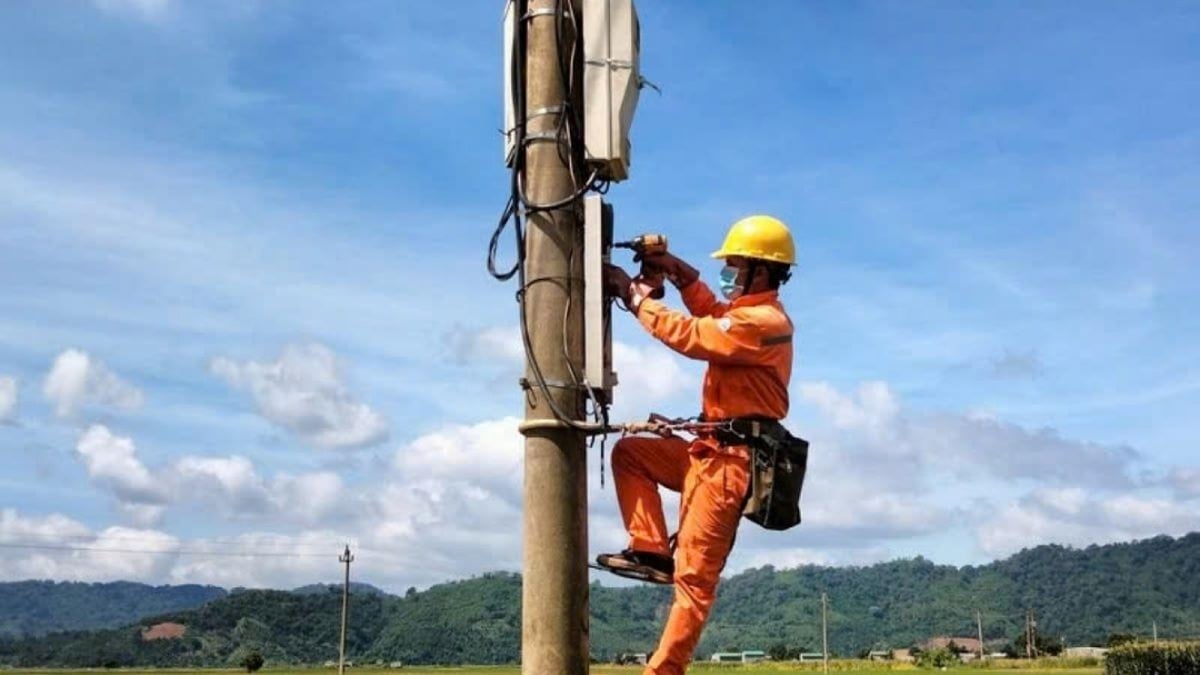












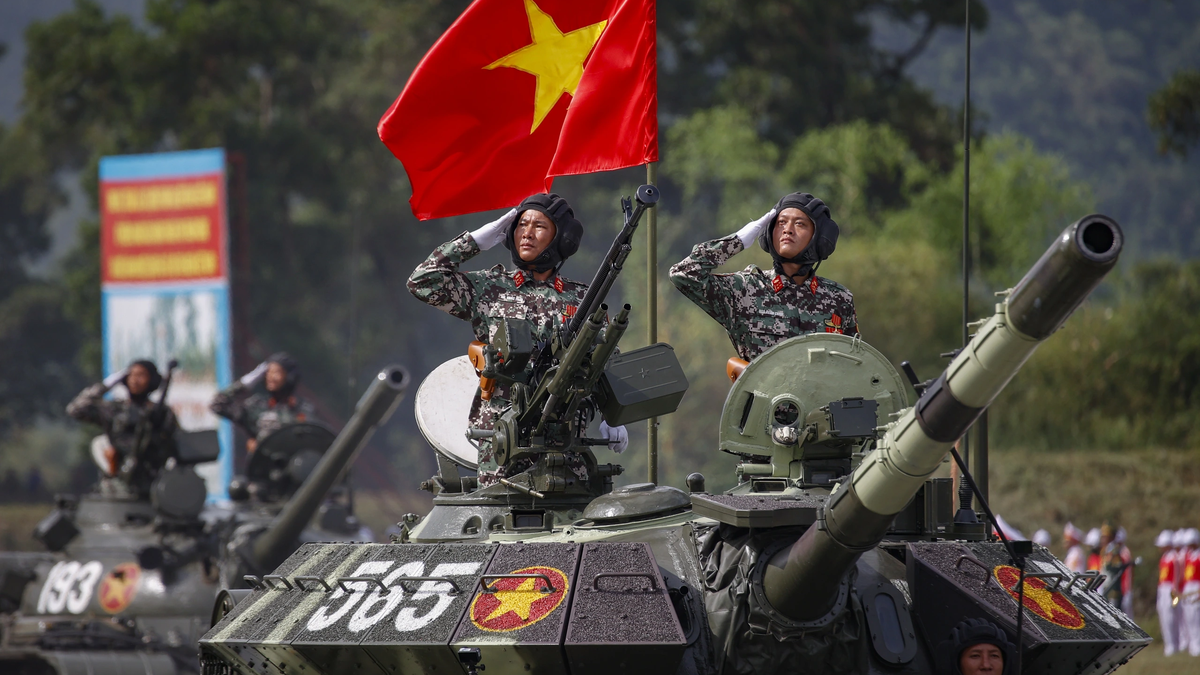



![[Photo] Nghe An: Provincial Road 543D seriously eroded due to floods](https://vphoto.vietnam.vn/thumb/1200x675/vietnam/resource/IMAGE/2025/8/5/5759d3837c26428799f6d929fa274493)

![[Photo] Discover the "wonder" under the sea of Gia Lai](https://vphoto.vietnam.vn/thumb/1200x675/vietnam/resource/IMAGE/2025/8/6/befd4a58bb1245419e86ebe353525f97)




























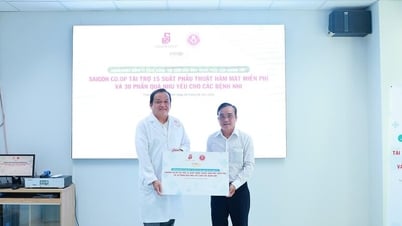



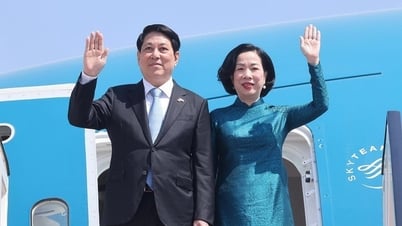


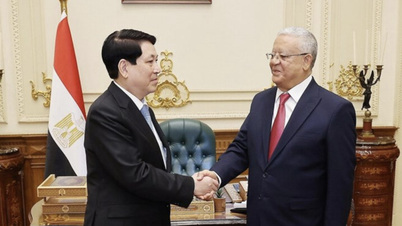

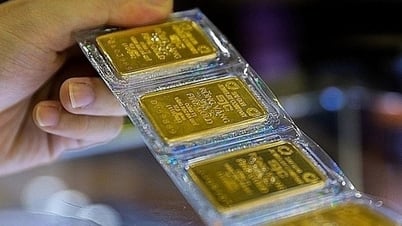


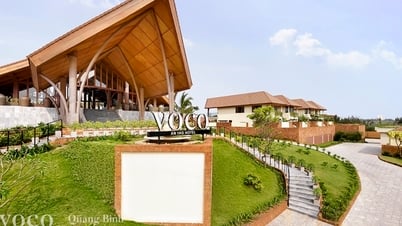
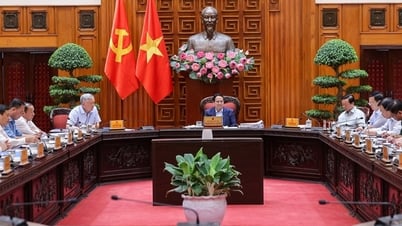
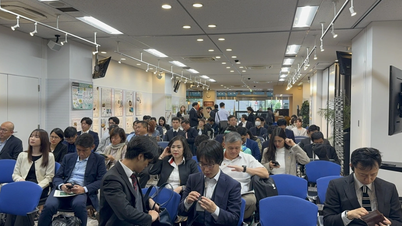






















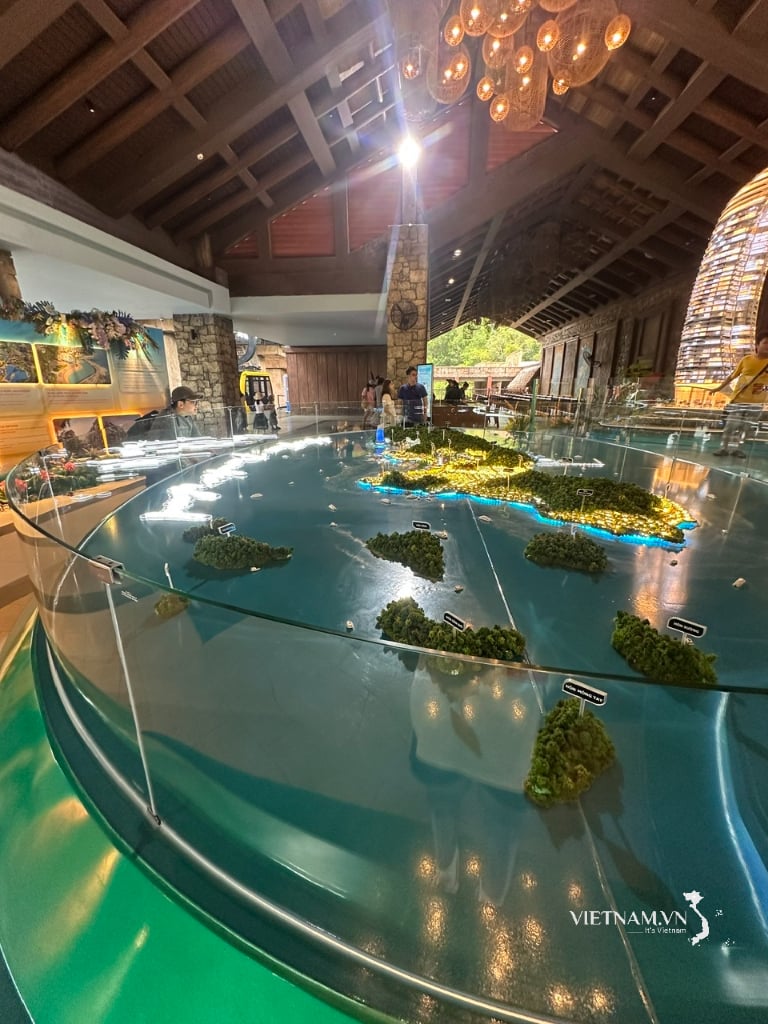
Comment (0)